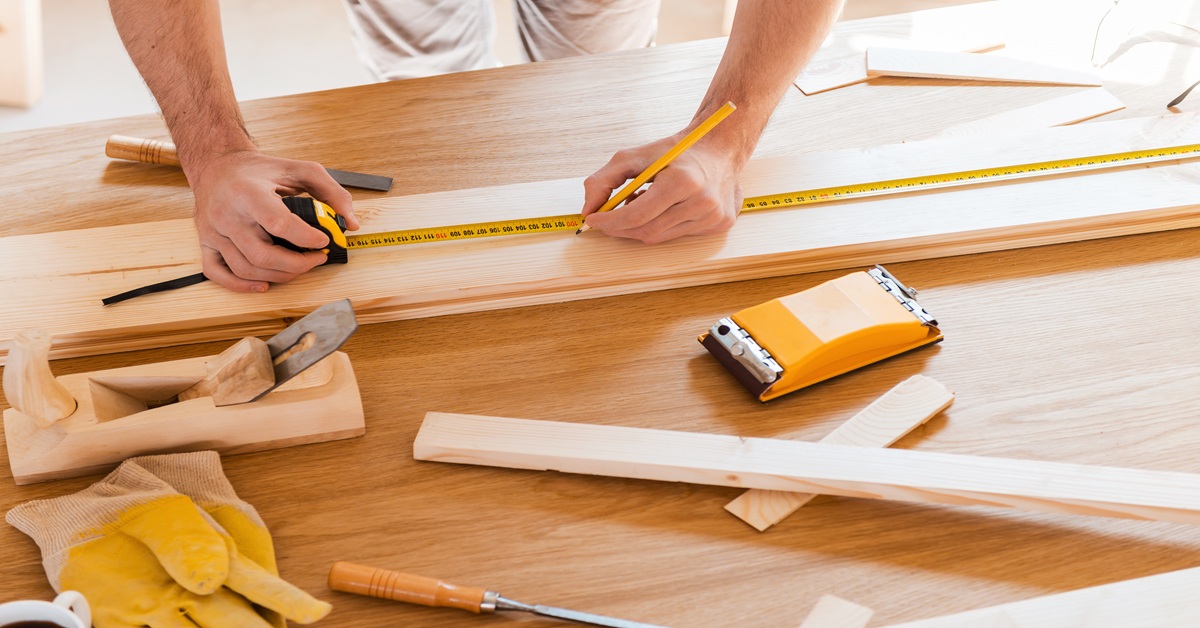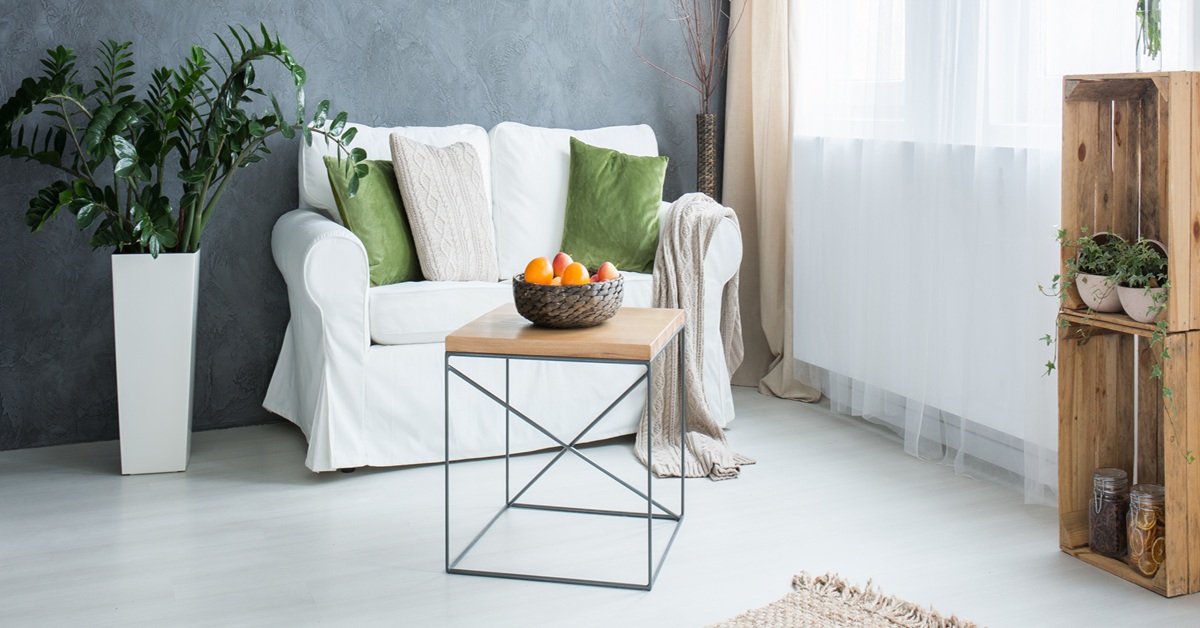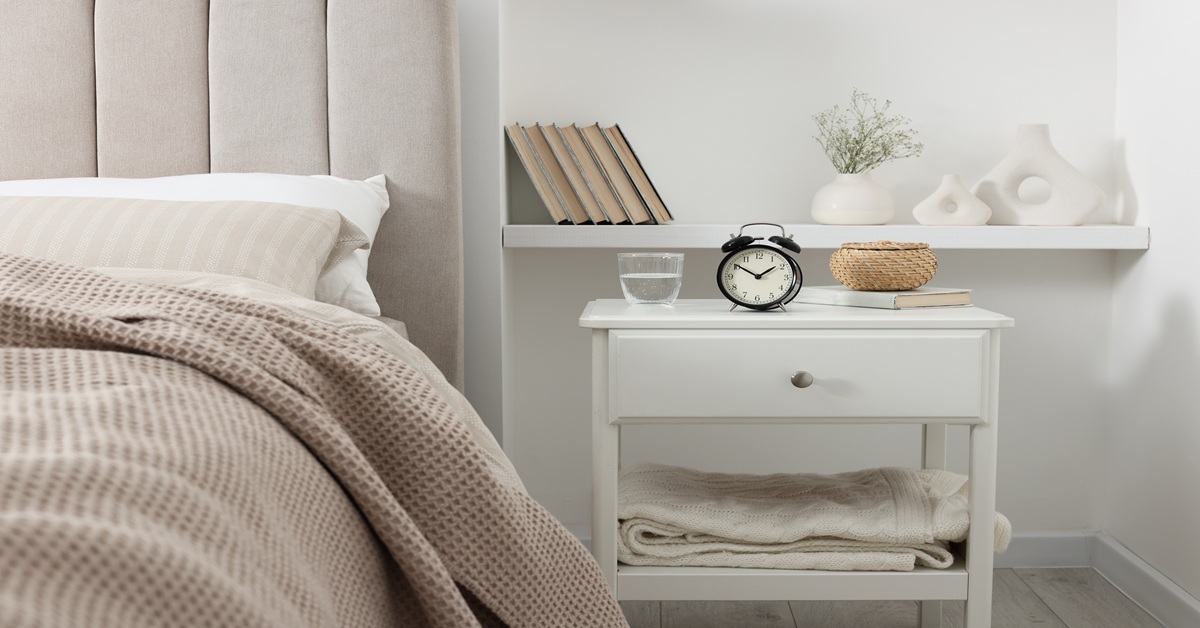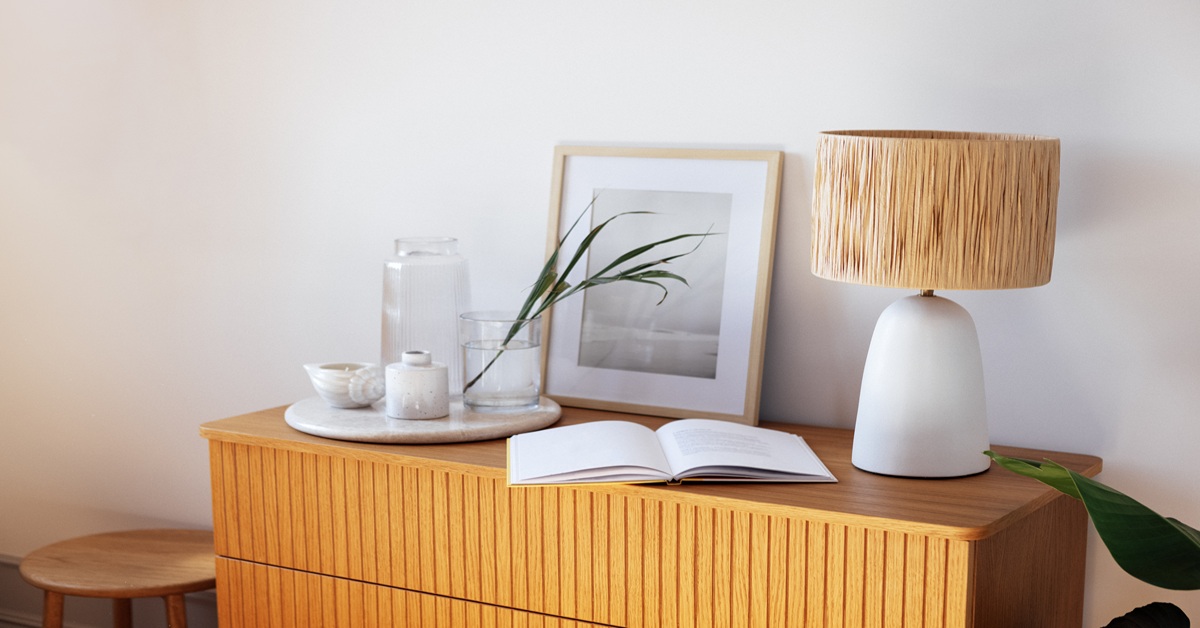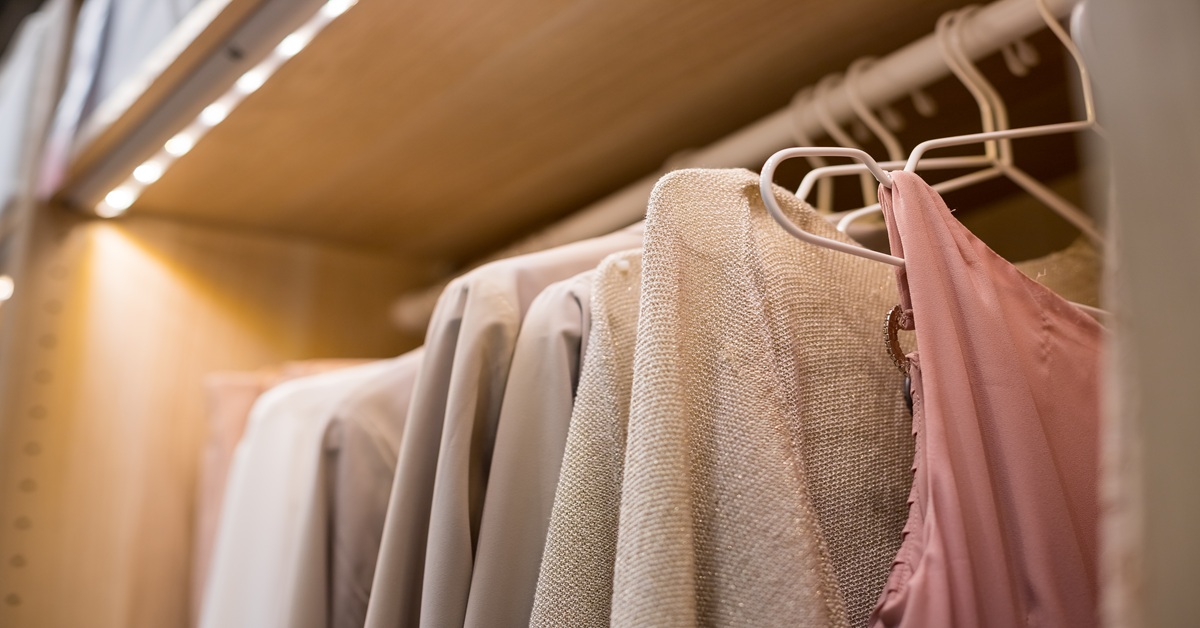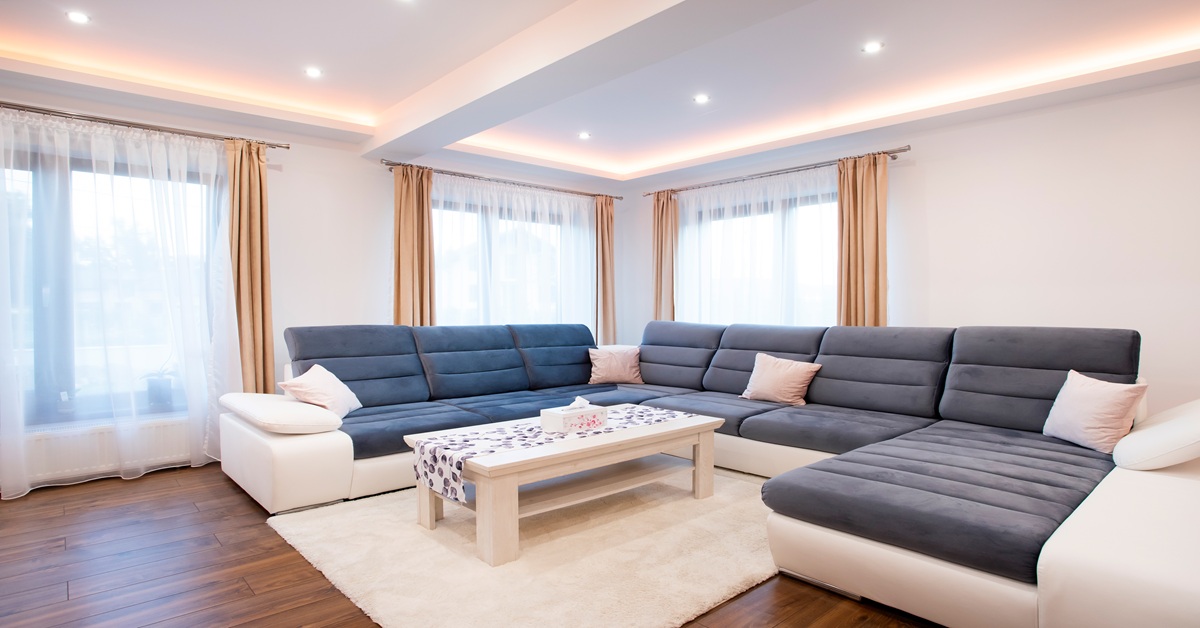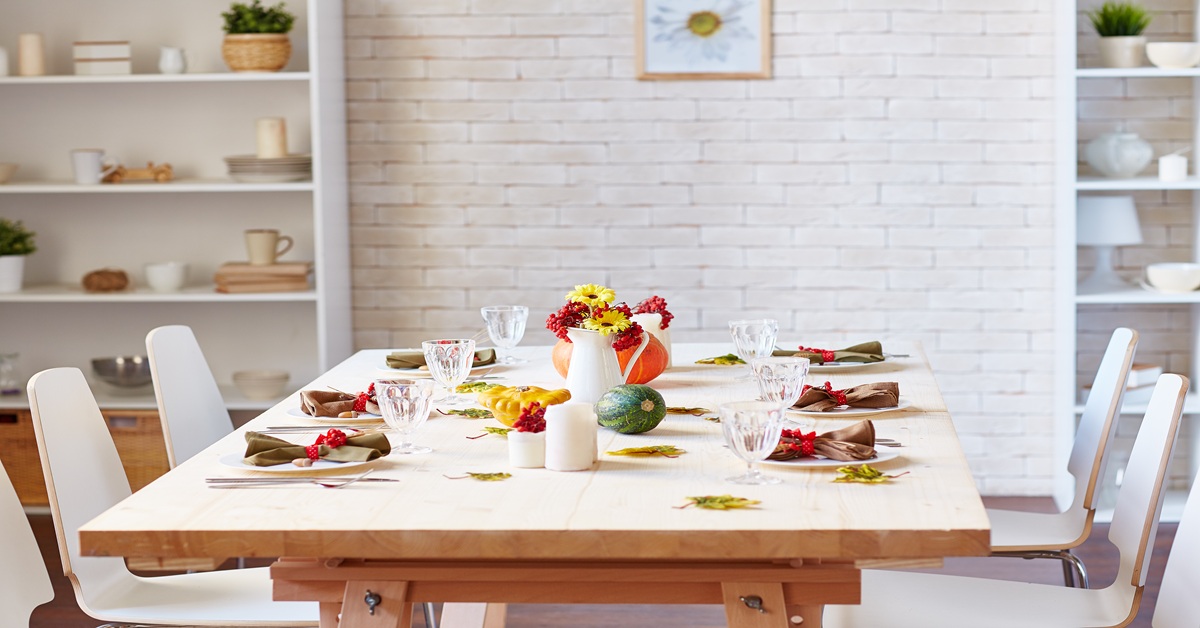Introduction
In modern architecture and interior design, accuracy is very important. Architects, designers, and builders all use calibrated plywood because it is always the same thickness, has smooth edges, and is highly strong. Contractors need to know how to use, install, and choose the proper tools to get the most out of it. This guide for contractors on how to install calibrated plywood shows the best ways to make sure that projects last, work well, and get the greatest results.
Table of Contents
ToggleChoosing the Right Calibrated Plywood
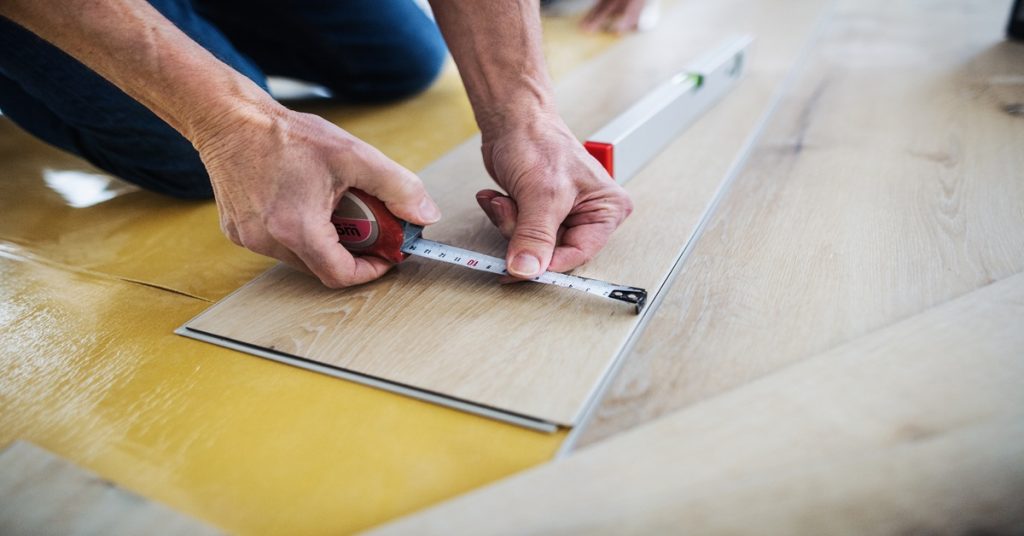
- Identify Project Needs: Before you buy plywood, make sure you really need it for your walls, flooring, or modular furniture. Calibrated plywood works the same manner in a lot of circumstances. By picking the correct plywood for the job, contractors can get both utility and design accuracy.
- Check Certification: Always make sure that the sheets come from well-known companies and have ISI or a similar certification to show that they meet quality standards. As time goes on, certified plywood gets stronger and is less likely to crack.
- Evaluate Thickness Requirements: One of the biggest advantages of calibrated plywood is uniform thickness, so choose sheets that match your exact project specifications. Selecting the correct thickness also ensures stability and avoids unnecessary wastage.
- Match Aesthetics and Finish: Calibrated plywood offers smooth surfaces that are perfect for paint, veneers, and laminates, all of which make rooms seem nicer. Designers and contractors may put high-end finishes on the surface without having to do any more work because it is adaptable.
Begin every project with the right choice. Use certified, calibrated plywood from Wigwam Ply for consistent results.
Handling and Preparation Best Practices
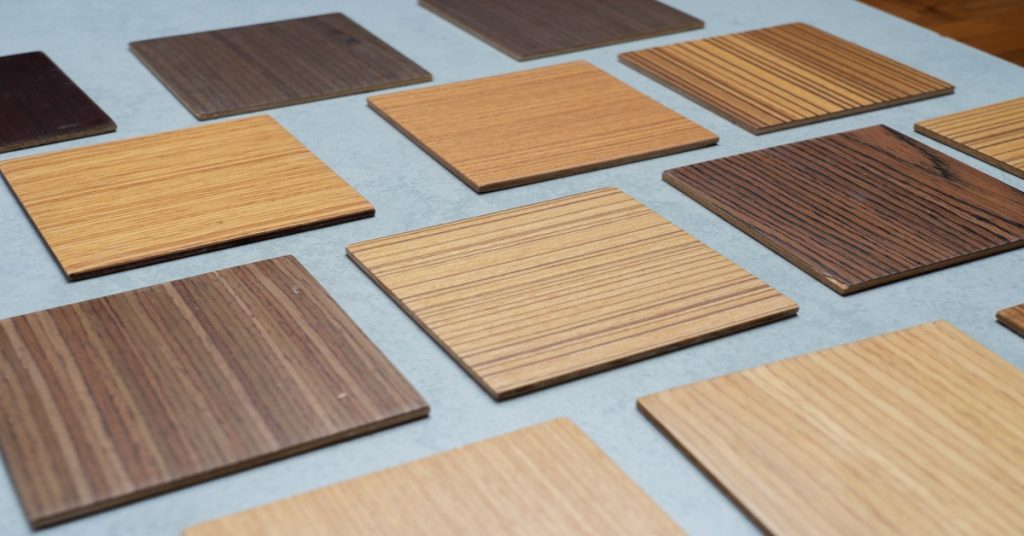
- Proper Storage: Before you put up the plywood sheets, make sure they are flat and dry. If they aren’t, they can bend or twist. Contractors shouldn’t put sheets down in a method that isn’t even. You can be confident that the plywood will stay strong until you need it if you follow these simple steps.
- Acclimatisation: Give the plywood at least 48 hours to get adjusted to the temperature and humidity levels at the location. This will assist in keeping the amount of expansion or contraction to a minimum after it is put in. This makes it less likely that the panels won’t fit together perfectly or that there will be spaces between them.
- Cutting and Shaping: Use sharp tools to cut and shape things so that the edges are smooth. Because the core is always the same, calibrated plywood is less likely to crack and easier to work with. Cutting items the right way makes them appear better and uses less material.
- Surface Readiness: Make sure the edges are sealed and the surfaces are clean before you put on veneers or laminates. This will assist them to stay stuck and last as long as they can. The result is stronger and better in every manner when the surface is ready.
Installation Techniques for Durability
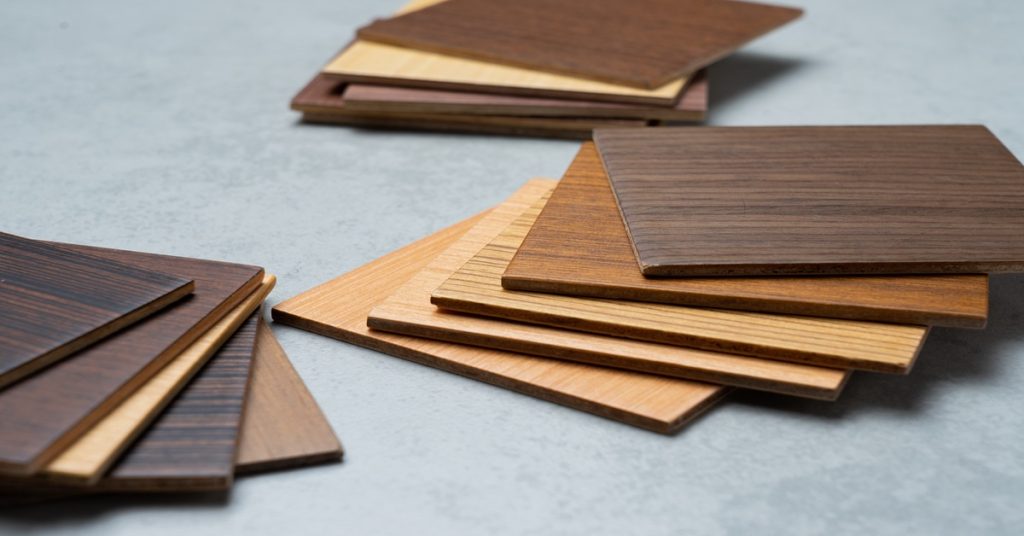
- Secure Fastening: Choose screws and fittings that fit the plywood well so they don’t come free over time. Calibrated plywood is very good at keeping screws and nails in place. This guarantees that cabinets, panels, and fittings will last for a long time.
- Alignment and Levelling: Continuous thickness makes it easier to line things up, but contractors still need to check the levels twice to make sure that the wall cladding or finishing on modular furniture is just right. Carefully levelling the structure also protects it from getting stressed and spreading the weight unevenly.
- Moisture Protection: Use protective coatings or laminates to keep calibrated plywood in kitchens and other places that are only a little bit damp for longer. This extra layer protects the look and strength from long-term exposure.
- Joint Finishing: Check that the edges and joints are in good shape. A tight seal keeps the surface clean and smooth and stops gaps from forming. The right finish not only makes things seem better, but it also keeps dust and moisture out for a long time.
Aiming for a flawless finish? Discover the crucial role Calibrated Plywood plays in high-precision carpentry projects.
Maximising Value in Large-Scale Projects
- Faster Workflow: How to Make Things Go Faster: When you’re working on big house or furniture projects, having a consistent thickness saves you time because you don’t have to modify things by hand as often. With this simpler way, contractors can work on more than one job at a time.
- Reduced Material Waste: By making the appropriate cuts and fitting things together the right way, you make fewer mistakes, which saves materials. When contractors build, they help the environment by not tossing away as much trash.
- Cost Efficiency: Calibrated plywood costs a little more at first, but it saves money throughout the course of a project since it cuts down on the need for repairs, replacements, and rework. This is an excellent investment for both clients and contractors in the long run.
- Client Satisfaction: Cleaning the insides of buildings and using finishes that last a long time creates trust over time and makes the contractor look better. Customers who are happy with your services are more likely to utilise them again and tell their friends about them.
Conclusion
When you put up plywood, you can’t just place the sheets together. You should also make sure that they are correct, sturdy, and appear well. This contractor’s advice on how to put calibrated plywood in place emphasises how important it is to get the best materials, get them ready properly, and put in a lot of effort on big works. If contractors stick to these rules, they can make things that look good and operate well. You’ll get great results and interiors that last if you take the time to learn how to do things the proper way.
Deliver flawless results every time. Choose Wigwam Ply’s calibrated plywood for your next project.
FAQs
1. Why should contractors prefer calibrated plywood over regular plywood?
Calibrated plywood offers uniform thickness, smoother surfaces, and higher precision, making it ideal for modular furniture and premium interiors.
2. How should calibrated plywood be stored before installation?
It should be kept flat in a dry, shaded area to prevent warping or bending and protected from direct moisture.
3. Is calibrated plywood suitable for kitchens and bathrooms?
Yes, but it should be used with protective laminates or coatings in areas with high moisture exposure.
4. Does calibrated plywood reduce installation time?
Yes, its uniform thickness eliminates the need for repeated adjustments, speeding up workflow and reducing material waste.
5. What tools are best for working with calibrated plywood?
Precision cutting tools like panel saws or CNC routers are recommended to achieve clean, splinter-free edges.

